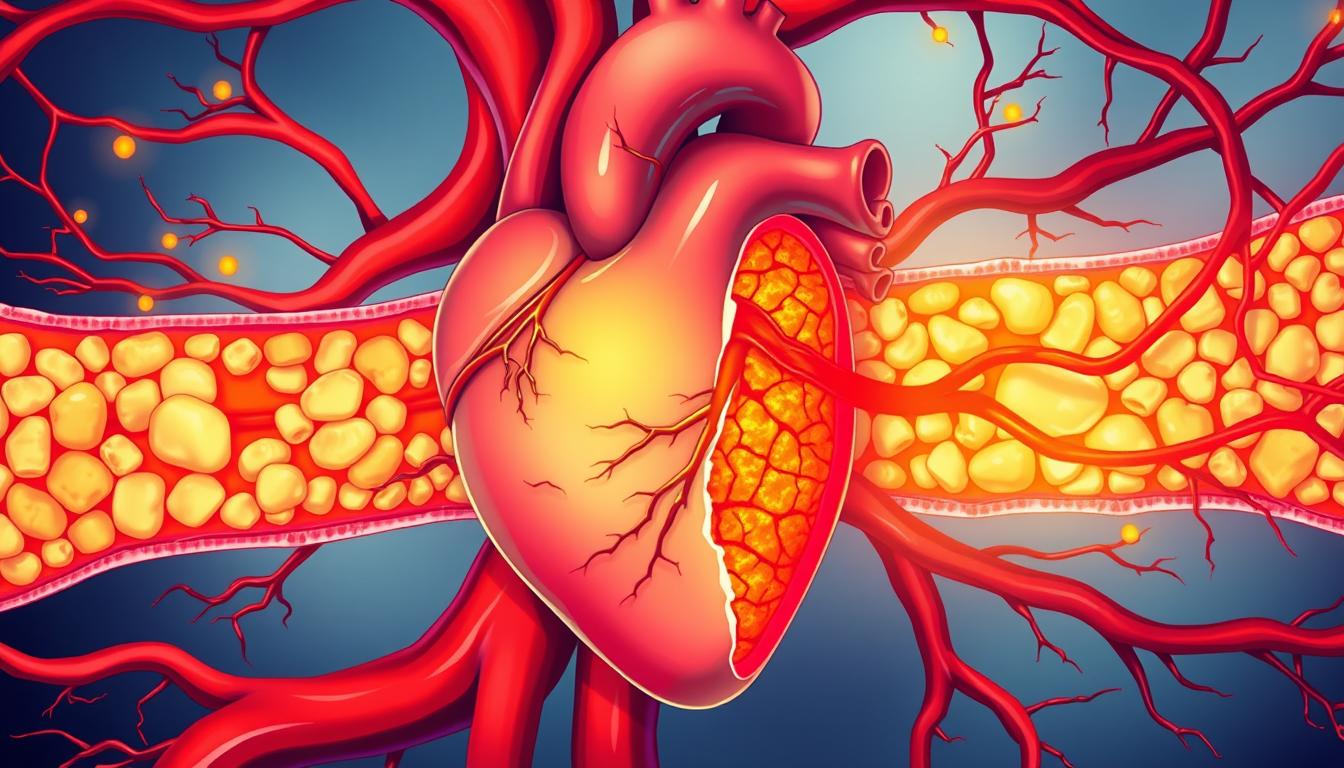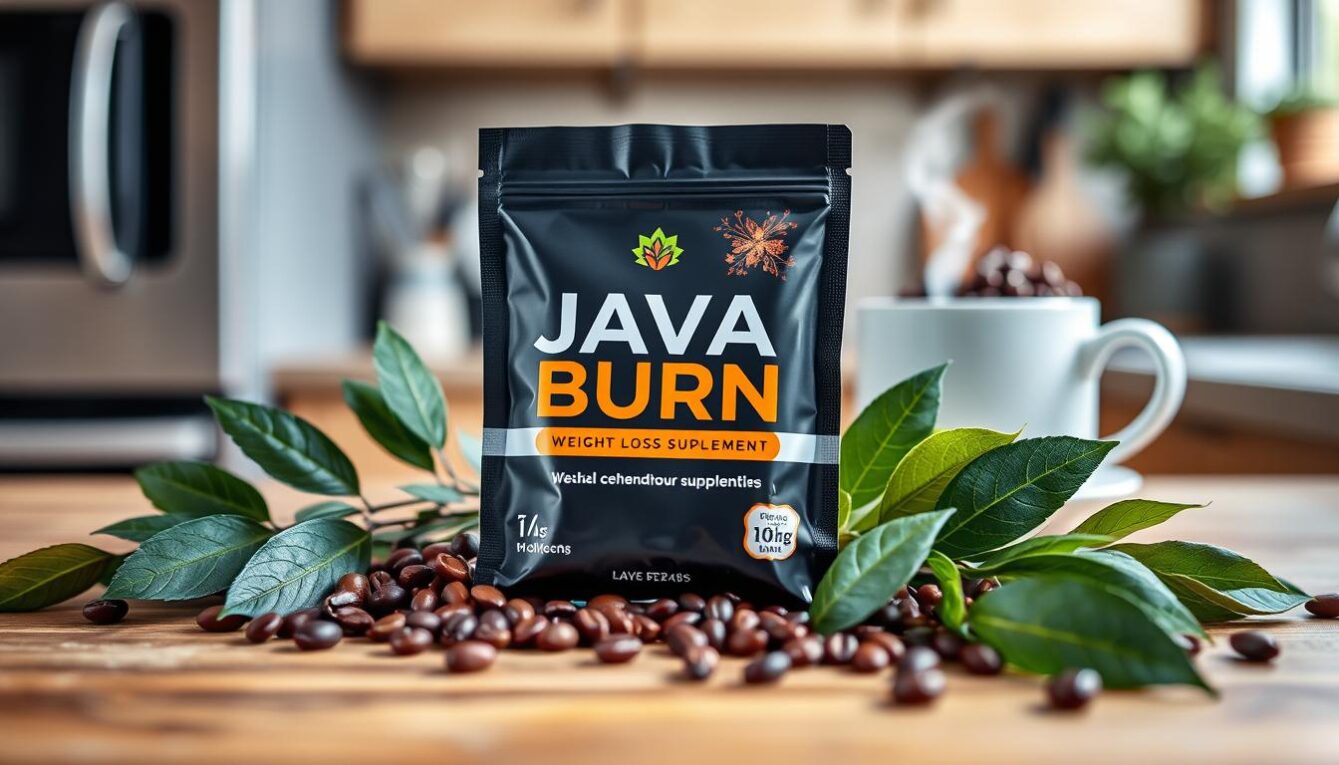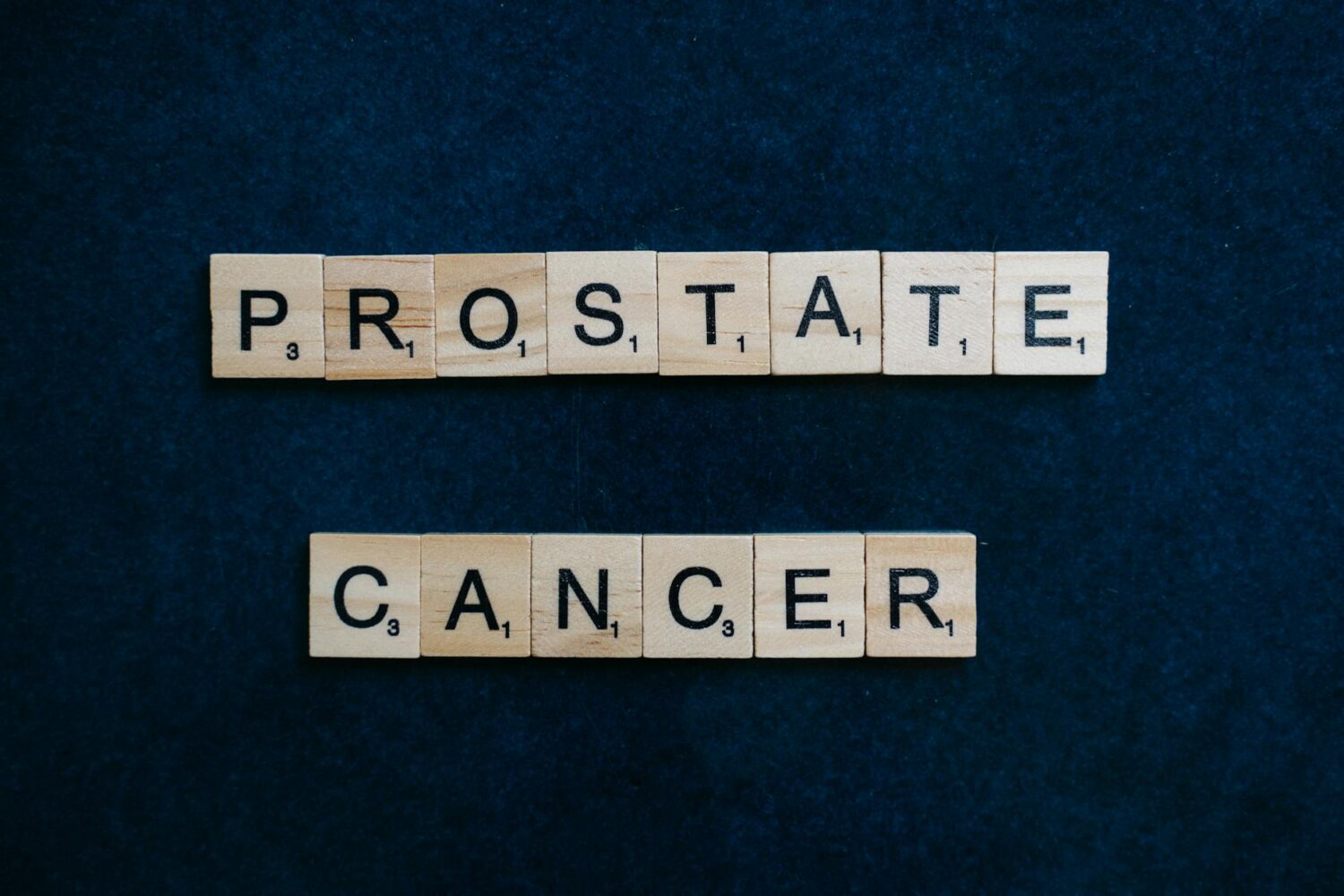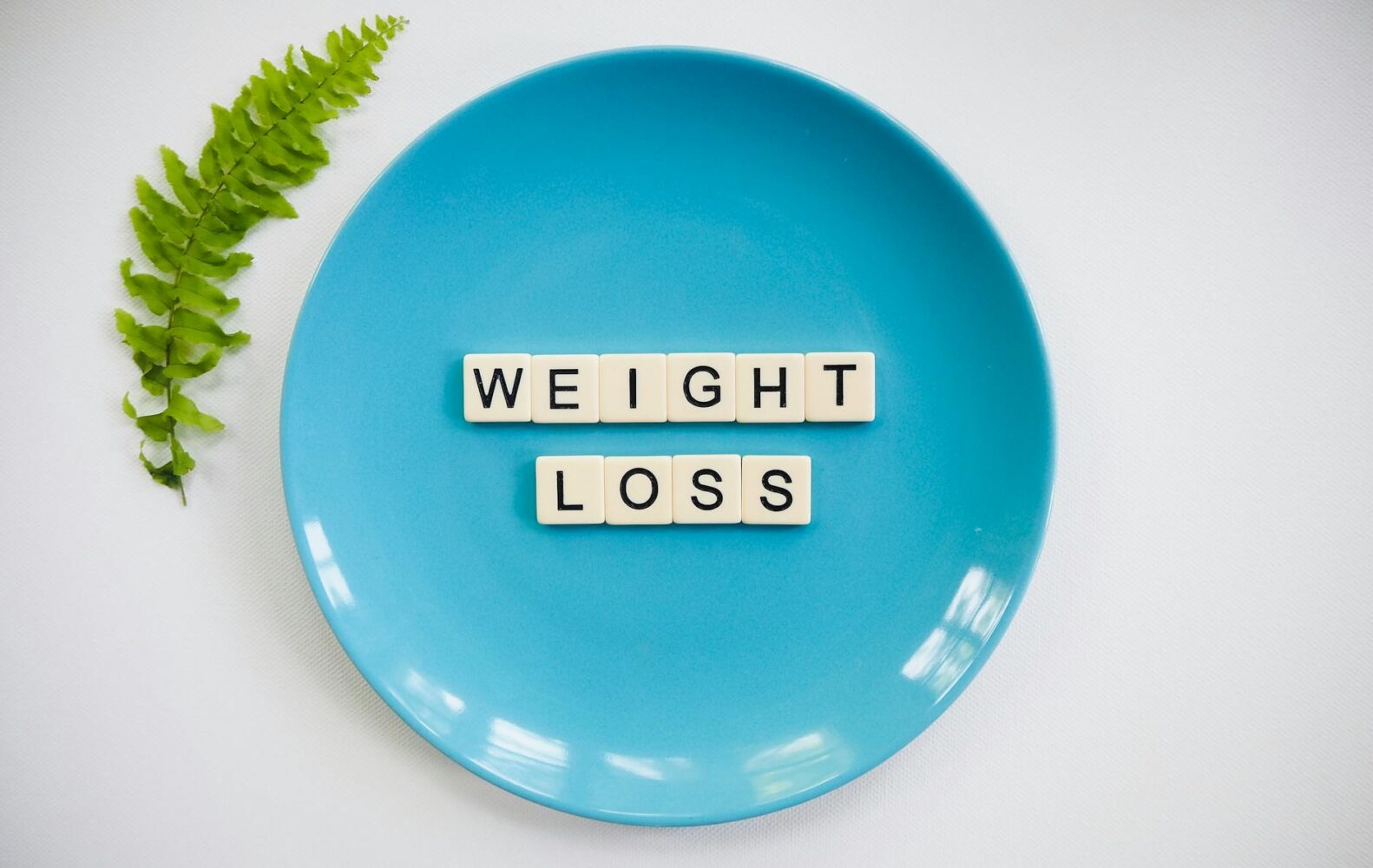The Truth About Belly Fat Loss
Are you tired of struggling to get rid of stubborn belly fat? You’re not alone. Millions of people worldwide are searching for effective fat loss tips to achieve a slimmer, healthier body.
Excess belly fat is not just a cosmetic issue; it’s a serious health concern that increases the risk of chronic diseases like diabetes, heart disease, and certain cancers. So, what’s the real secret to belly fat reduction?
Understanding the facts about belly fat and its impact on overall health is crucial. In this article, we’ll explore the most effective strategies for achieving belly fat loss and improving your overall well-being.
Key Takeaways
- Understanding the risks associated with excess belly fat
- Effective strategies for achieving belly fat loss
- The importance of a healthy diet in reducing belly fat
- The role of exercise in belly fat reduction
- Tips for maintaining a healthy weight and reducing belly fat
Understanding Belly Fat: Types and Health Implications
Understanding the nuances of belly fat is essential for tackling its health implications effectively. Belly fat, or abdominal obesity, is not just a matter of appearance; it’s a complex health issue with various underlying causes and consequences.
Subcutaneous vs. Visceral Fat: What’s the Difference?
Belly fat is primarily categorized into two types: subcutaneous and visceral fat. Subcutaneous fat is the layer of fat beneath the skin, which is generally considered less harmful. Visceral fat, on the other hand, accumulates around the organs within the abdominal cavity and is associated with higher health risks.

Why Belly Fat Is Particularly Dangerous to Your Health
Visceral belly fat is particularly dangerous because it’s metabolically active, releasing inflammatory substances that can lead to insulin resistance, cardiovascular disease, and other metabolic disorders. The presence of excess visceral fat is linked to an increased risk of type 2 diabetes, certain cancers, and cardiovascular diseases.
Common Causes of Excess Abdominal Fat
Several factors contribute to the accumulation of excess abdominal fat, including dietary habits, hormonal influences, and lifestyle choices.
Dietary Factors
A diet high in processed foods, sugar, and saturated fats can lead to an increase in belly fat. Consuming a lot of refined carbohydrates can cause insulin resistance, a precursor to visceral fat accumulation.
Hormonal Influences
Hormonal changes, particularly those involving cortisol and insulin, play a significant role in fat distribution around the abdomen. Stress can lead to increased cortisol levels, promoting belly fat storage.
Lifestyle Contributors
A sedentary lifestyle, lack of sleep, and smoking are significant lifestyle contributors to belly fat. Regular physical activity and adequate sleep are crucial for maintaining a healthy balance of body fat.
| Cause | Description | Impact on Belly Fat |
|---|---|---|
| Dietary Factors | High intake of processed foods and sugar | Increases visceral fat |
| Hormonal Influences | Cortisol and insulin imbalances | Promotes fat storage around abdomen |
| Lifestyle Contributors | Sedentary lifestyle and lack of sleep | Contributes to overall fat accumulation |
As Dr. Elizabeth G. Nabel, a cardiologist at Harvard Medical School, notes, “Visceral fat is a marker of an unhealthy lifestyle, and it’s also a contributor to various health problems.” Understanding these factors is key to addressing belly fat effectively.
Debunking Common Belly Fat Myths
The quest for a flatter stomach is often misguided by myths and misconceptions about how to effectively lose belly fat. To achieve real results, it’s crucial to separate fact from fiction.
The Spot Reduction Fallacy Explained
One of the most pervasive myths in the fitness world is the idea of spot reduction – the belief that you can lose fat in a specific area of your body by targeting it with exercises. However, fat loss is systemic, meaning that you can’t isolate fat loss to one area. When you lose fat, you lose it from your entire body, not just from the area you’re exercising.
Why Ab Exercises Alone Won’t Flatten Your Stomach
While strengthening your core with ab exercises is important for overall health and stability, it won’t directly lead to significant belly fat loss. Ab exercises can help tone the muscles underneath the fat, but without a comprehensive approach to fat loss, the visible results will be limited.

“Miracle” Fat Loss Products: Separating Fact from Fiction
The market is flooded with “miracle” products claiming to burn belly fat quickly and effortlessly. However, there’s no magic pill or product that can replace a healthy diet and regular exercise. Be wary of products making unsubstantiated claims, as they often prey on people’s insecurities without delivering real results.
The Truth About Fat-Burning Foods
Some foods are touted as having “fat-burning” properties, but the science behind these claims is often exaggerated. While certain foods can support a healthy metabolism, no single food can magically burn belly fat. A balanced diet rich in whole foods, along with a calorie-controlled intake, is key to losing belly fat.
By understanding the truth behind these common myths, you can adopt a more effective and sustainable approach to losing belly fat. Incorporating belly fat burning exercises and following the secrets to losing belly fat can lead to a healthier, more toned you.
The Truth About Belly Fat Loss: Science-Backed Approaches
The quest for a flatter stomach is often marred by misinformation, making it crucial to understand the evidence-based strategies for belly fat loss. To achieve significant and sustainable results, it’s essential to adopt a comprehensive approach that addresses the underlying factors contributing to belly fat.
The Essential Role of Caloric Deficit in Fat Loss
A caloric deficit is fundamental to losing fat, including around the belly area. This means consuming fewer calories than your body burns, prompting it to use stored fat for energy. Aiming for a daily deficit of 500-1000 calories can lead to a sustainable weight loss of 1-2 pounds per week.
How Hormones Affect Where Your Body Stores Fat
Hormones play a significant role in fat distribution. For instance, insulin resistance and cortisol levels can influence where your body stores fat. Understanding this can help you tailor your diet and exercise regimen to address hormonal imbalances.
Why Whole-Body Fat Loss Is the Only Effective Approach
Focusing on whole-body fat loss is more effective than targeting the belly area alone. This approach ensures that you’re losing fat across your body, including visceral fat around your organs. A combination of diet, exercise, and lifestyle changes is key.
Evidence-Based Fat Loss Strategies That Actually Work
Some effective strategies include incorporating high-intensity interval training (HIIT), eating a diet rich in whole foods and fiber, and ensuring adequate sleep and stress management. These evidence-based approaches can help you achieve and maintain belly fat loss.
By adopting these science-backed strategies, you can move closer to your goal of a flatter stomach and improved overall health.
Nutrition Strategies for Reducing Abdominal Fat
A well-planned nutrition strategy is essential for reducing belly fat. The foods we eat play a significant role in fat accumulation and reduction around the abdominal area.
Anti-Inflammatory Foods That Fight Belly Fat
Incorporating anti-inflammatory foods into your diet can help combat belly fat. These foods reduce inflammation in the body, which is linked to visceral fat accumulation.
Protein Sources
Lean proteins like chicken, fish, and legumes are not only filling but also help in building muscle mass, which further aids in fat loss.
Healthy Fats
Avocados, nuts, and olive oil are rich in healthy fats that support hormone production and overall metabolic health.
Fiber-Rich Options
Foods high in fiber such as fruits, vegetables, and whole grains help in keeping you full and reducing overall calorie intake.
Meal Timing and Frequency: What Research Shows
Research on meal timing and frequency suggests that eating smaller, more frequent meals can help boost metabolism and control hunger. However, the overall quality of the diet remains paramount.
“The key to successful weight loss is not just about cutting calories but making sure you’re fueling your body with the right foods at the right time.”
How Sugar and Processed Foods Sabotage Your Efforts
Consuming high amounts of sugar and processed foods can lead to increased belly fat. These foods are typically high in empty calories, added sugars, and unhealthy fats.
- Sugary drinks and desserts
- Processed snacks
- Refined grains
Hydration’s Crucial Role in Optimizing Fat Loss
Adequate hydration is crucial for overall health and can aid in fat loss. Water helps in controlling hunger and boosting metabolism.
| Hydration Tips | Benefits |
|---|---|
| Drink at least 8 glasses of water a day | Boosts metabolism |
| Include hydrating foods like cucumbers and watermelon | Controls hunger |
Effective Exercise Protocols for Belly Fat Reduction
To lose belly fat, it’s crucial to adopt a comprehensive exercise plan that addresses overall fat loss. Effective belly fat reduction involves a combination of strength training, cardio, and core exercises that work together to burn fat and build lean muscle.
The Power of Compound Strength Training Movements
Compound exercises are movements that work multiple muscle groups at once. These exercises are particularly effective for burning belly fat because they require more energy, thus burning more calories. Examples include squats, deadlifts, and bench presses.
- Squats: Works the legs, glutes, and core.
- Deadlifts: Engages multiple muscle groups including back, legs, and core.
- Bench Press: Targets the chest, shoulders, and triceps.
Optimal Cardio Approaches: HIIT vs. Steady-State
Cardiovascular exercise is essential for burning calories and reducing belly fat. Two effective approaches are High-Intensity Interval Training (HIIT) and Steady-State Cardio.
HIIT involves short bursts of high-intensity exercise followed by brief periods of rest. It’s highly effective for fat loss because it keeps your heart rate up and burns a high number of calories in a short amount of time.
Steady-State Cardio, on the other hand, involves maintaining a moderate intensity over a longer period. While it burns calories, it may not be as efficient as HIIT for fat loss. However, it’s still beneficial for overall cardiovascular health.
Core-Strengthening Exercises That Support Overall Fat Loss
While spot reduction is a myth, having a strong core can improve your overall physique and support your fat loss journey. Core-strengthening exercises include planks, Russian twists, and leg raises.
- Planks: Strengthens the entire core.
- Russian Twists: Targets the obliques.
- Leg Raises: Works the lower abs.
Sample Weekly Workout Plan for Belly Fat Burning
Here’s a sample workout plan tailored to different fitness levels:
Beginner Level
- Monday: Squats (3 sets of 10 reps)
- Wednesday: Brisk Walking (30 minutes)
- Friday: Plank (3 sets of 30 seconds)
Intermediate Level
- Monday: Deadlifts (3 sets of 12 reps)
- Wednesday: HIIT (20 minutes)
- Friday: Russian Twists (3 sets of 15 reps)
Advanced Level
- Monday: Bench Press (4 sets of 8 reps)
- Wednesday: HIIT (30 minutes)
- Friday: Leg Raises (4 sets of 12 reps)
By incorporating these exercises into your routine and maintaining a consistent workout schedule, you can effectively reduce belly fat and achieve your fitness goals.
Lifestyle Factors That Influence Abdominal Fat
Reducing abdominal fat isn’t just about what you eat or how you exercise; it’s also about how you live. Several lifestyle factors can significantly impact your ability to lose belly fat and maintain overall health.
The Sleep-Belly Fat Connection: Why Quality Rest Matters
Quality sleep is crucial for weight management, including belly fat reduction. Poor sleep can disrupt hormones that regulate hunger, leading to increased appetite and calorie intake. Aim for 7-9 hours of sleep per night to support your weight loss efforts.
Effective Stress Management Techniques for Fat Loss
Chronic stress can lead to increased cortisol levels, which are associated with belly fat storage. Implementing stress management techniques can help mitigate this effect.
Meditation and Mindfulness
Regular meditation and mindfulness practices can reduce stress and improve overall well-being. Start with short sessions, even just 5-10 minutes a day, to experience the benefits.
Physical Stress Relief Activities
Engaging in physical activities like yoga or tai chi can also help manage stress levels. These practices combine physical movement with mindfulness techniques.
Natural Belly Fat Remedies: What Works and What Doesn’t
While some natural remedies claim to aid in belly fat loss, it’s essential to separate fact from fiction. Some ingredients, like green tea extract, have shown promise in boosting metabolism.
| Remedy | Effectiveness | Comments |
|---|---|---|
| Green Tea Extract | Moderately Effective | Boosts metabolism, aids in fat burning |
| Probiotics | Potentially Effective | Supports gut health, may aid in weight management |
| Apple Cider Vinegar | Limited Evidence | May help with weight loss, but more research is needed |
Setting Realistic Expectations: Timeline for Visible Results
Losing belly fat is a gradual process. Aiming to lose 1-2 pounds per week is a healthy and sustainable goal. Visible results may take time, so patience and consistency are key.
Conclusion: Your Sustainable Path to Belly Fat Reduction
Losing belly fat is a challenging but achievable goal when approached with a comprehensive strategy. By understanding the types of belly fat and their health implications, you can take the first step towards a healthier body.
Effective belly fat reduction involves a combination of science-backed approaches, including a caloric deficit, whole-body fat loss strategies, and evidence-based nutrition and exercise protocols. Incorporating anti-inflammatory foods, optimal meal timing, and compound strength training movements can support your efforts.
To achieve sustainable belly fat reduction, it’s essential to adopt a holistic lifestyle approach. This includes managing stress, getting quality sleep, and staying hydrated. By combining these elements and maintaining a consistent effort, you can unlock the secrets to losing belly fat and achieve a healthier, more confident you.
By following the strategies outlined in this article, you can embark on a sustainable path to belly fat reduction and improve your overall well-being.













